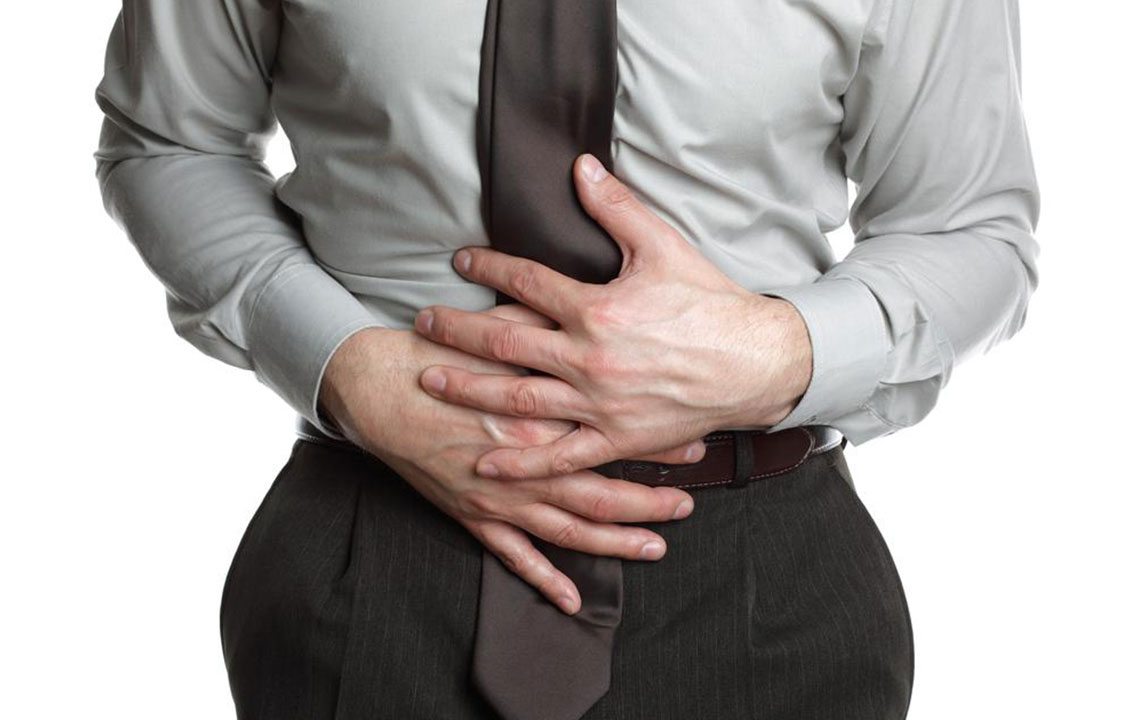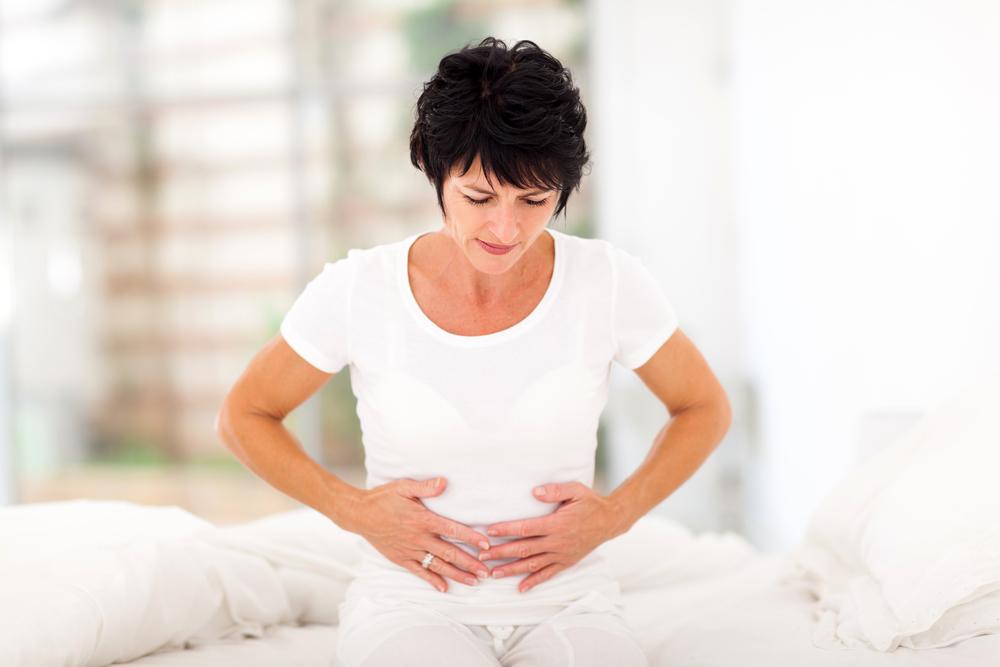Understanding External Hemorrhoids: Symptoms and Effective Treatments
External hemorrhoids are swollen veins beneath the anal skin, causing discomfort, itching, lumps, and bleeding. Diagnosis involves visual inspection and medical exams like anoscopy. Treatments include dietary modifications, lifestyle changes, topical creams, and surgical options like hemorrhoidectomy or banding. Early diagnosis and proper management can prevent complications and improve quality of life.

Understanding External Hemorrhoids: Symptoms and Effective Treatments
External hemorrhoids involve swollen veins located beneath the skin surrounding the anus. These visible lumps are caused by blood clots and are often accompanied by discomfort and pain. Common causes include prolonged sitting on the toilet, chronic constipation, and excessive straining during bowel movements. These activities increase pressure in the anal region, leading to vein enlargement and swelling.
Constipation intensifies anal muscle tightening, resulting in pain and bleeding during defecation. Age-related weakening of connective tissues further contributes to external hemorrhoid development. Excessive pressure from tight anal muscles can worsen the condition.
Symptoms include itching around the anal area caused by swelling irritation, persistent pain varying in intensity, lumps or swollen blood clots, and bleeding during bowel movements characterized by visible blood stains on stool. These signs indicate external hemorrhoids, often linked to digestive issues.
Diagnosis
External hemorrhoids are straightforward to identify visually due to their surface-level location. Medical history assessment, including previous episodes and symptom duration, is essential. A rectal examination checking for blood in stool, along with anoscopy—using a lighted tube to inspect the anal canal—and colonoscopy, if necessary, help rule out other conditions like colorectal cancer or polyps. Accurate diagnosis is crucial as untreated hemorrhoids can mimic more serious ailments.
Women are more commonly affected due to biological factors, though men are also susceptible. Prompt attention to pain during bowel movements can prevent complications like swelling and delay in diagnosis.
Treatment Strategies
Managing external hemorrhoids depends on individual health and severity. Effective options include dietary adjustments, lifestyle changes, and medical procedures. Increasing fiber intake through fruits, vegetables, and whole grains helps soften stool, reducing straining and pressure. Regular walking or light exercise enhances blood flow and bowel function. Cold compresses provide immediate relief from swelling and pain, while topical creams containing hydrocortisone offer localized soothing effects.
In more persistent cases, procedures like hemorrhoidectomy, which involves surgical removal, can be performed with high success, though recovery takes about a week to ten days. Banding techniques, where elastic bands are placed around the hemorrhoids to cut off blood supply, are also effective, with healing taking several weeks. Maintaining a healthy lifestyle remains the best preventive approach to avoid recurrence of external hemorrhoids.
Note: Our platform provides comprehensive information across various health topics. Please consider this content as informational; consult healthcare professionals for personalized diagnosis and treatment. The site may not cover all available options or recent developments, and users should verify details with trusted medical sources.










